Big cats have long fascinated humans for their grace, power, and mystique. These majestic animals range from the well-known lions and tigers to the elusive snow leopards and cheetahs. As their natural habitats shrink due to human activity, a pressing question arises: Can big cats thrive in captivity, or are they better left wild?
Understanding the Natural Habitat of Big Cats
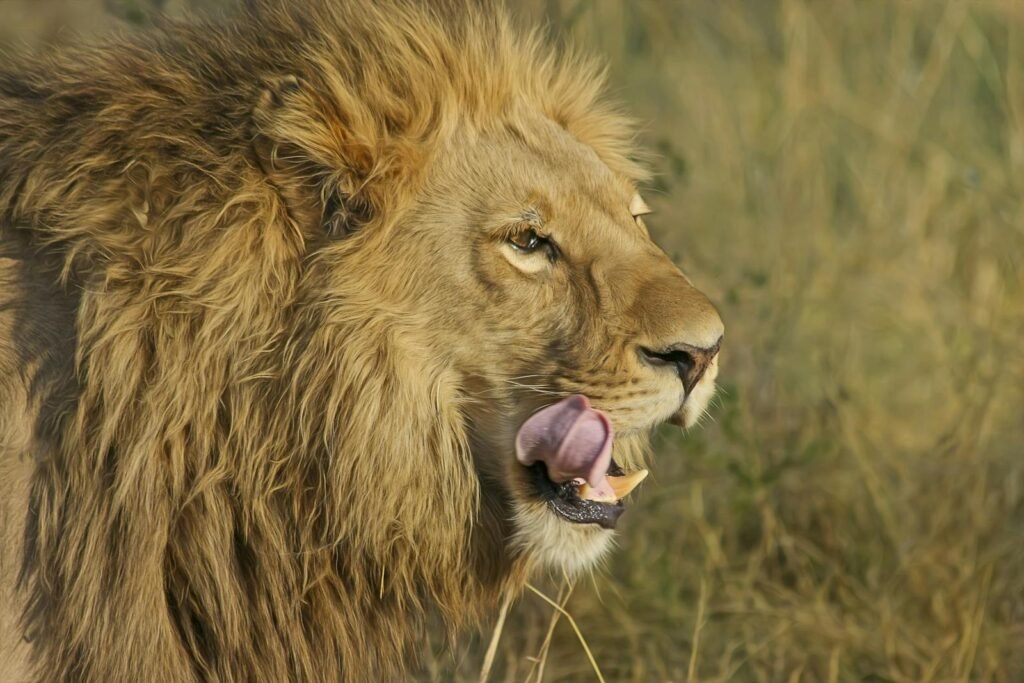
Before delving into the debate of captivity versus the wild, it’s essential to understand the natural environments of big cats. Most of these predators inhabit diverse ecosystems, from the African savannas to the dense jungles of Southeast Asia. These habitats not only provide them with ample prey but also the space to roam and engage in natural behaviors.
The Role of Big Cats in the Ecosystem
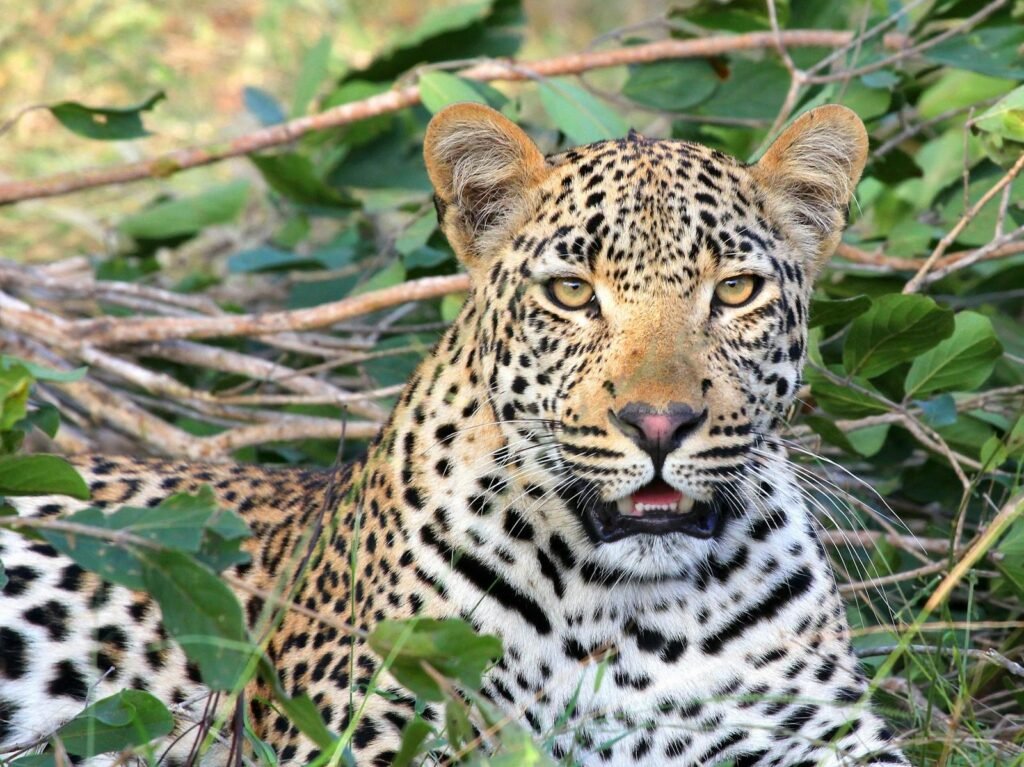
Big cats play a crucial role in maintaining the balance of their ecosystems. As apex predators, they regulate populations of herbivores and smaller predators, contributing to the health of vegetation and maintaining biodiversity. Disrupting this balance can have cascading effects on the environment.
Benefits of Captivity for Big Cats
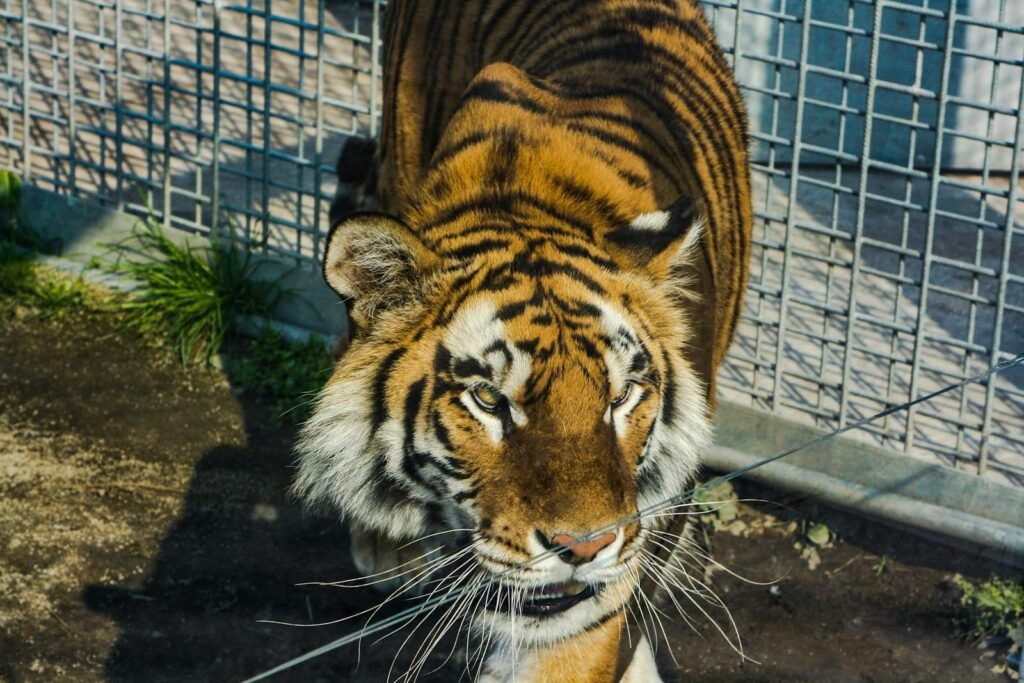
Many argue that captivity offers significant benefits. In zoos and sanctuaries, big cats receive regular meals, medical care, and are protected from poaching and habitat loss. Well-managed facilities provide environments designed to mimic natural conditions, thereby promoting healthy behaviors and longevity.
Challenges of Housing Big Cats in Captivity
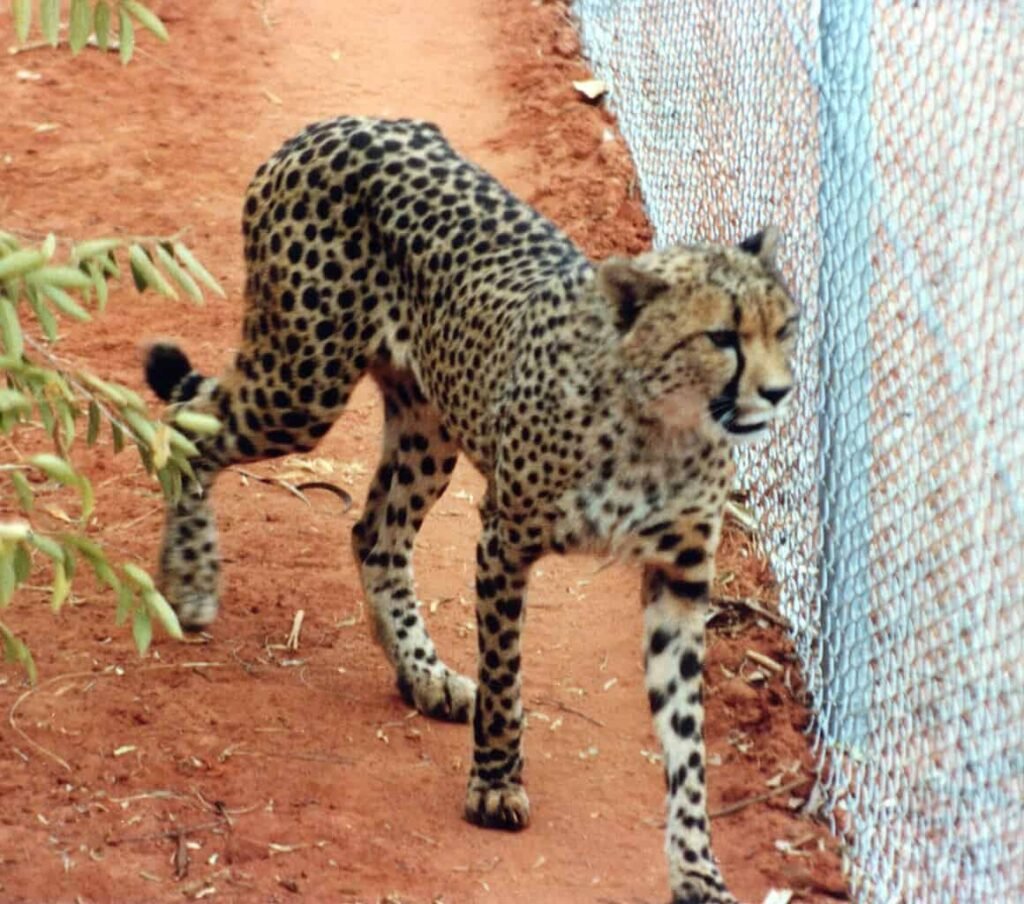
Despite the benefits, keeping big cats in captivity poses several challenges. These animals require extensive space, social structures, and stimulation. Captivity can lead to physical and psychological issues, such as obesity, stereotypic behaviors (like pacing), and a decrease in natural hunting instincts.
The Importance of Enrichment
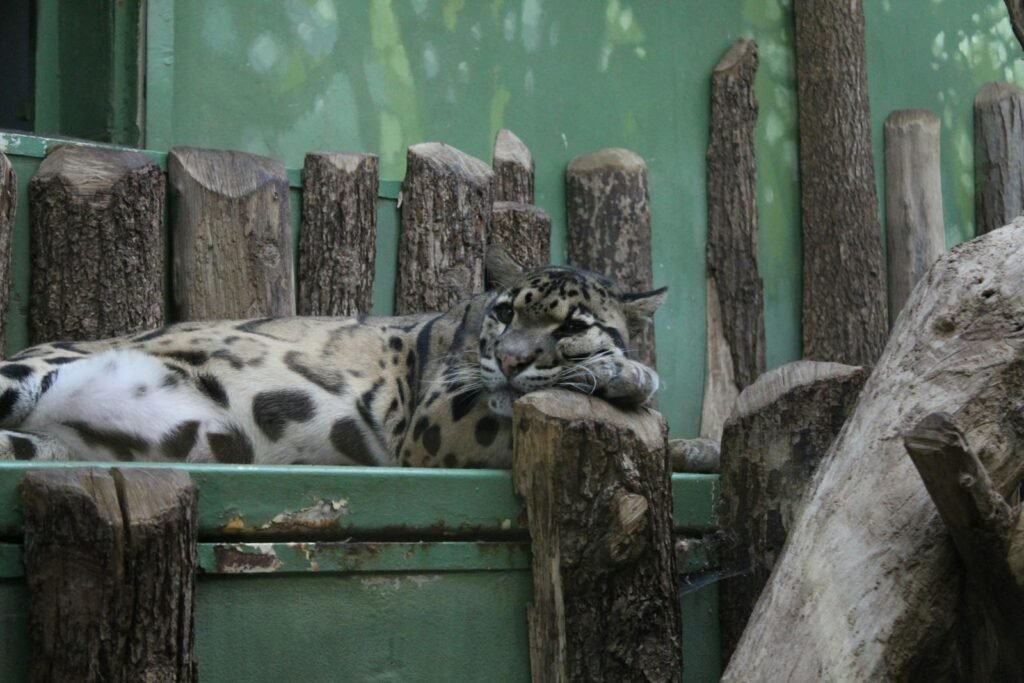
One of the most critical aspects of managing big cats in captivity is enrichment. Enrichment activities are meant to stimulate an animal’s instincts, allowing them to exercise and engage in natural behaviors. This can include hiding food, interactive toys, and environments that mimic their natural habitat, such as logs, ponds, and high perches.
Breeding Programs and Conservation Efforts
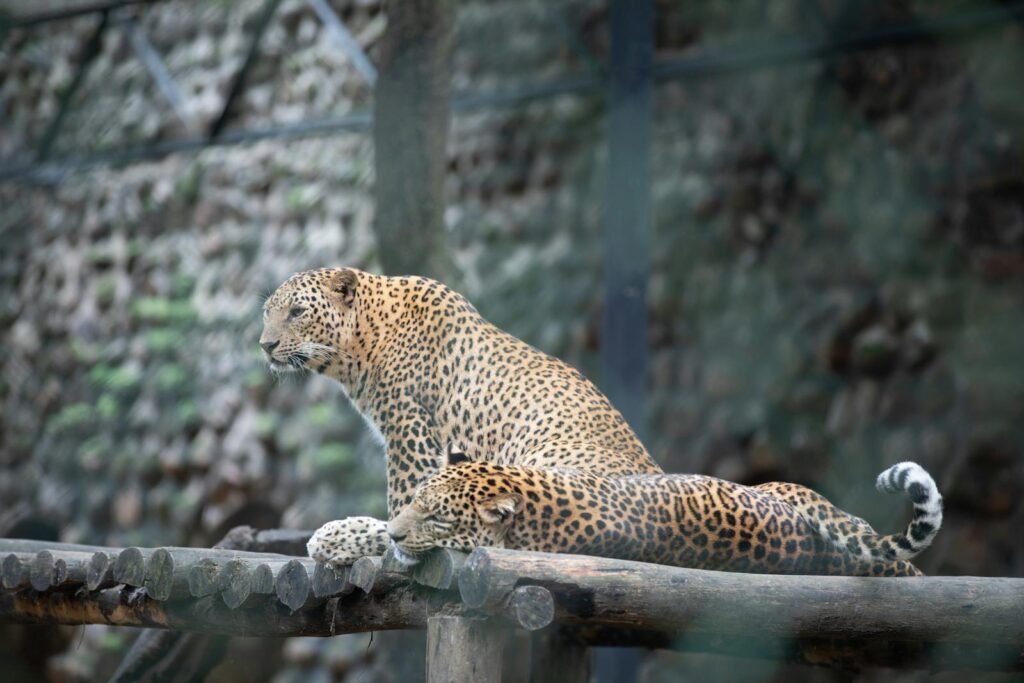
Many facilities participate in breeding programs aimed at conserving endangered species like the Amur leopard and the Sumatran tiger. These programs often collaborate internationally to maintain genetic diversity in captive populations, with the goal of potential reintroduction into the wild.
A Complex Process
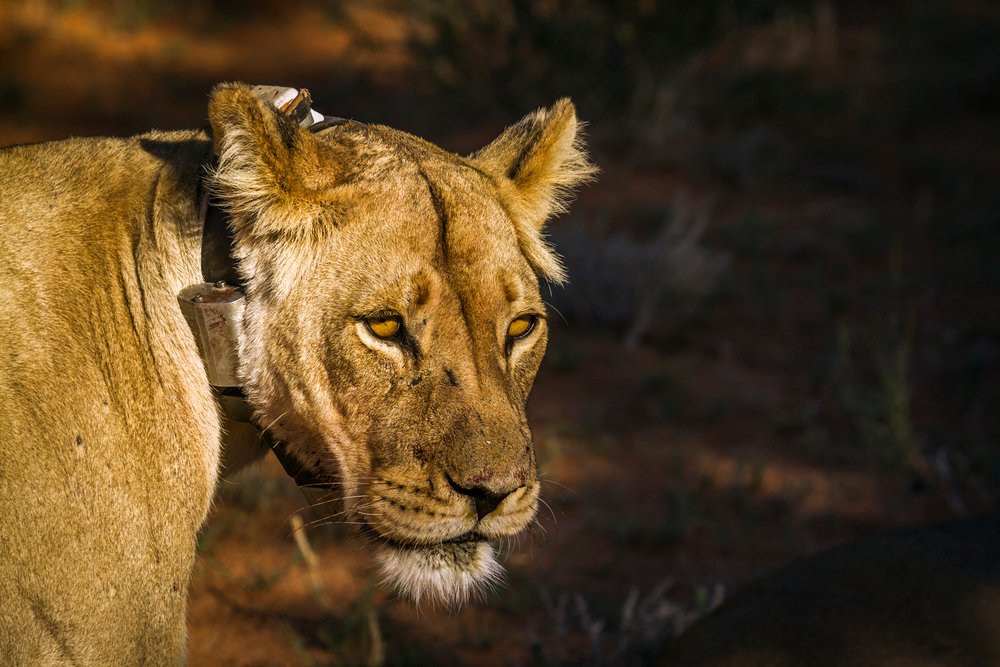
Reintroducing big cats into the wild is a complex process that involves carefully selecting individuals who show strong survival instincts and fit the ecological niche of their native habitats. Challenges include overcoming human-wildlife conflict, ensuring prey availability, and monitoring released animals.
A Middle Ground
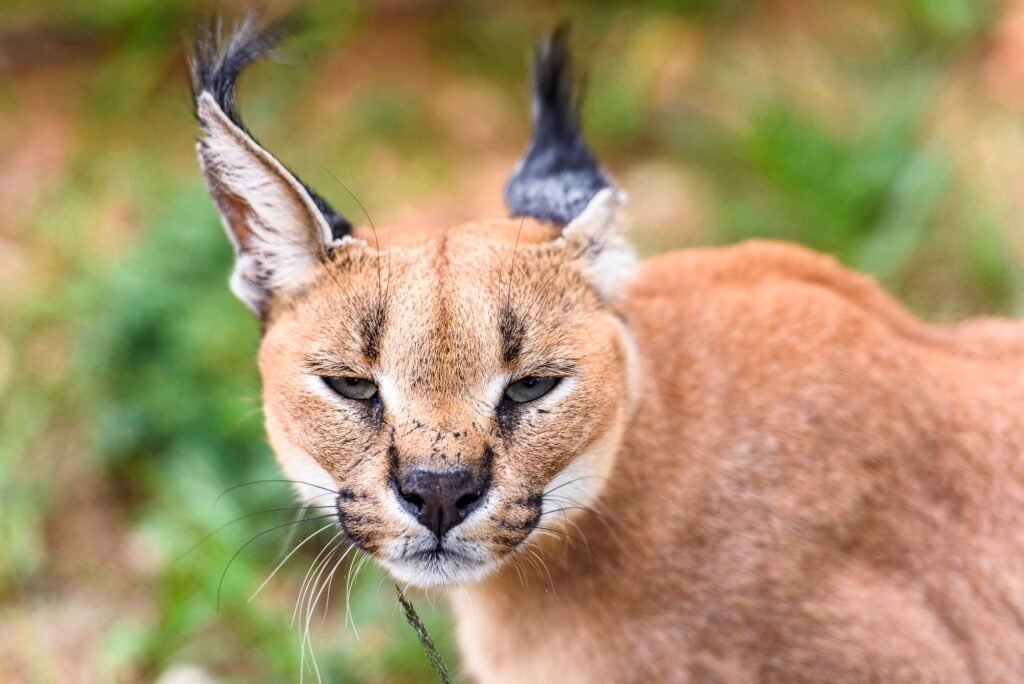
Sanctuaries serve as a compromise between captivity and the wild. They often focus on rescuing individuals from illegal pet trade or subpar zoo conditions, providing them a more natural and open environment without the interference of human visitors. These facilities highlight the welfare of the animals as a priority.
Ethical Considerations and Public Awareness
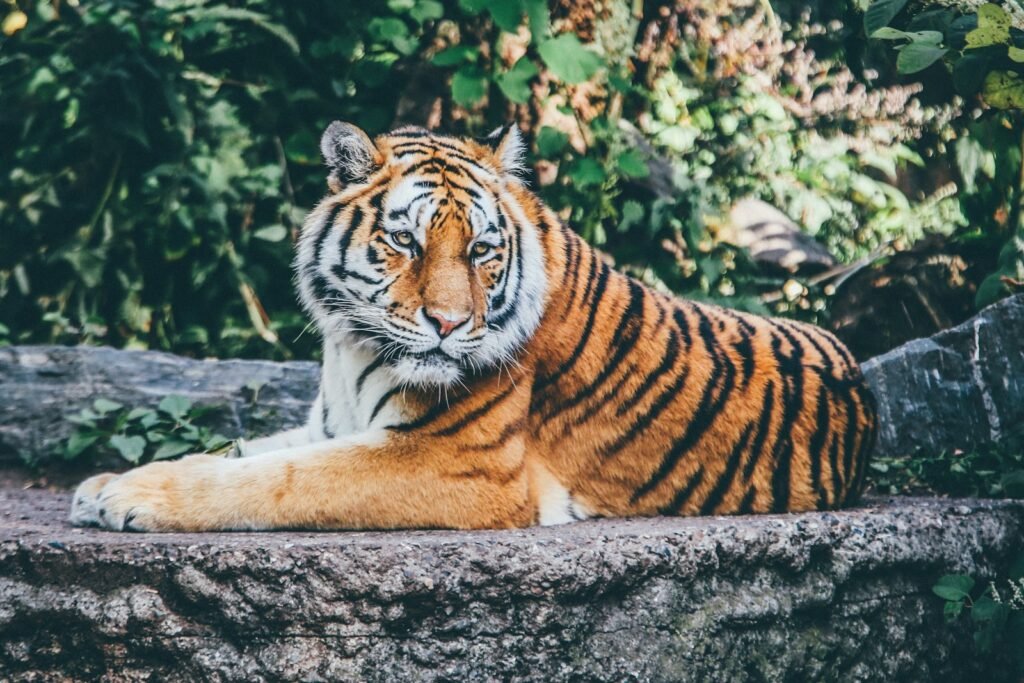
The debate over big cats in captivity extends to ethical considerations. While captivity can offer safety and support conservation, it is crucial to weigh the animal’s welfare. Public awareness and education programs in zoological institutions can help foster a greater understanding of the challenges faced by big cats and the importance of conservation efforts.
A Balanced Approach
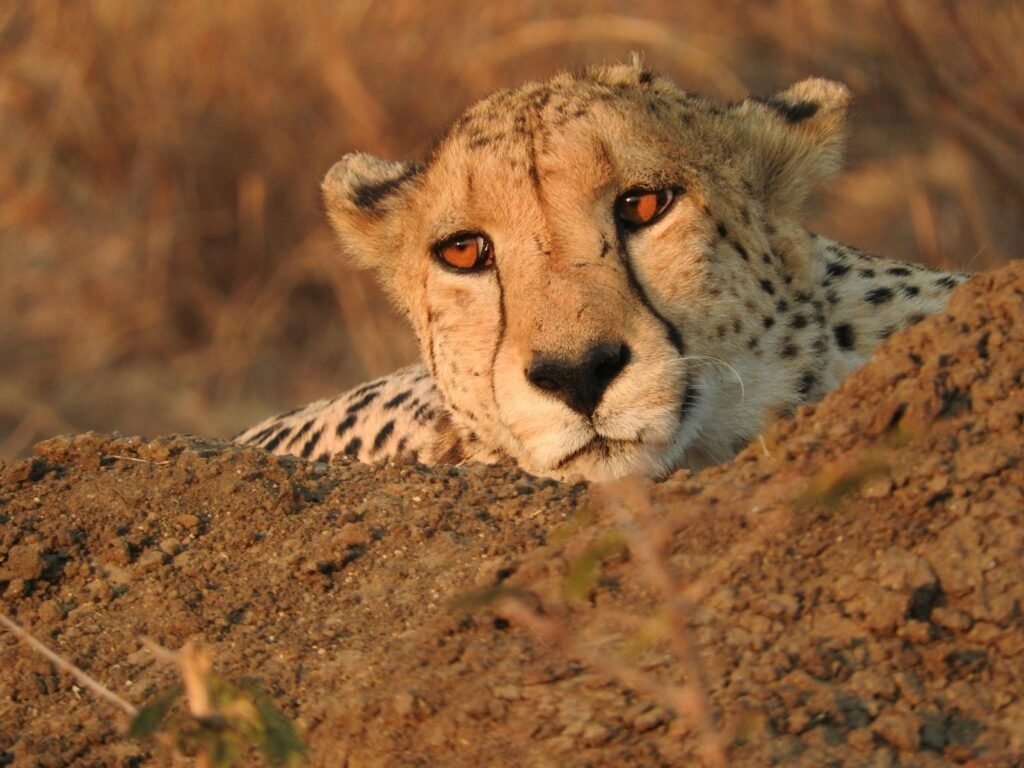
Ultimately, whether big cats can thrive in captivity or are better left in the wild is a nuanced issue. A balanced approach, focusing on high-quality care, scientific research, and robust conservation programs, stands as the best way forward to ensure the survival and welfare of these magnificent animals. By staying informed and supporting ethical practices, individuals can contribute to a future where big cats continue to roam free, while also being safeguarded in threatened habitats.

Growing up traveling and experiencing new cultures and wonders, I have had a passion for nature, adventuring, photography, and videography. I am currently working towards a BSc in Biodiversity and Ecology at Stellenbosch University, and I hope to specialise in Marine Sciences one day.
Please send any feedback to Feedback@animalsaroundtheglobe.com






